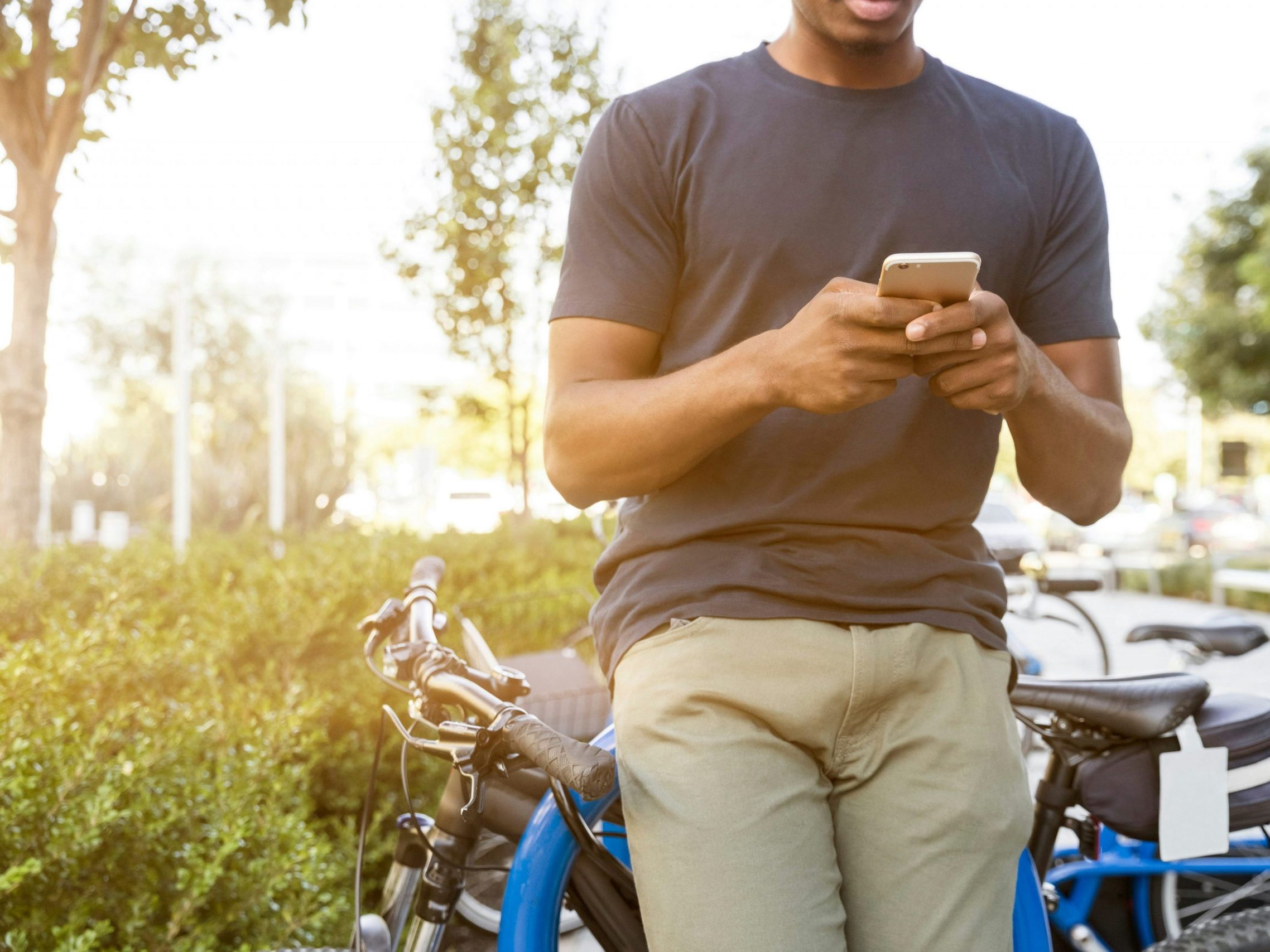Especially during extreme heatwaves, like the ones we are currently experiencing, things can get quite hot inside your smartphone – in the worst case, even dangerously so. The biggest weak point is the battery. Overheating, whether from direct sunlight or from being left in a heated car (where temperatures can exceed 60 or 70 degrees!), can lead to permanent damage to the battery. The result: the battery loses performance, swells, or in extreme cases, can even catch fire. But it's not just the battery that suffers. The display and the sensitive internal components of your smartphone also do not like the summer heat at all. Flickering, sudden failures, or even cracks due to heat stress are possible and undesirable consequences.
Most manufacturers recommend a maximum ambient temperature of about 35 degrees Celsius. If it gets hotter, the system reduces performance or shuts down completely to prevent major damage. Your phone might refuse to charge or only function in a throttled mode. Often, a warning appears on the display, such as: "iPhone needs to cool down." But it's better not to let it get that far.
Charging in Heat: What You Should Definitely Avoid!
Charging your smartphone in high outdoor temperatures is particularly critical. The charging process itself generates additional heat – and when this internal heat is combined with the external summer heat, it creates a dangerous double burden for the battery. This is not only harmful to the lifespan of your battery but can, in the worst case, lead to thermal overload and thus a real fire hazard.
Our urgent tip: It's best to charge your smartphone indoors, where it's pleasantly cool. The evening hours or early morning are ideal. Also, remove your phone's protective case while charging. This way, the generated heat can dissipate better and not accumulate.
First Aid for Overheating: What to Do When Your Phone Is Hot?
If your smartphone is already overheated – which can happen faster than you'd like during this heatwave – quick and correct action is required to minimize consequential damage.
Never put your phone in the refrigerator or try to cool it with ice! The sudden, strong temperature difference can cause condensation inside the device, which in turn can lead to further, serious damage.
The Right Approach:
- Schalte das Gerät bestenfalls sofort aus.
- Lege es an einen schattigen, gut belüfteten Ort.
- Ein kleiner Ventilator kann ebenfalls helfen, die Temperatur schonend zu senken.
- Schalte dein Smartphone erst wieder ein oder lade es, wenn sich das Gehäuse wieder normal anfühlt und auf eine sichere Betriebstemperatur abgekühlt ist.
In short: It's time for a heat break for your phone too! Give your trusty companion a shady spot on these particularly hot days, reduce usage in extreme heat, and be especially careful when charging. This way, your smartphone will remain a reliable companion through the hottest summer without any nasty heat damage. I can speak from personal experience: My iPhone 15 Pro shut itself off after just five minutes of taking photos in the sun at 37 degrees. The battery life was noticeably shorter that day.
What is the ideal operating temperature for a smartphone?
Most smartphone manufacturers specify a maximum ambient temperature of about 35 degrees Celsius, up to which safe operation is guaranteed.
Can extreme heat permanently damage the smartphone battery?
Yes, extreme heat can permanently affect the chemical composition of the lithium-ion battery. This leads to reduced charging capacity, faster aging of the battery, and in the worst case, deformation (swelling) or even a fire hazard.
Why does my iPhone display go dark in the sun even though the brightness is at maximum?
To avoid overheating, iPhones (and other smartphones) automatically reduce the display brightness in direct sunlight or at high ambient temperatures. This is a protective mechanism to preserve the internal components and extend the device's lifespan.
This article has been automatically translated, read the original article here.






